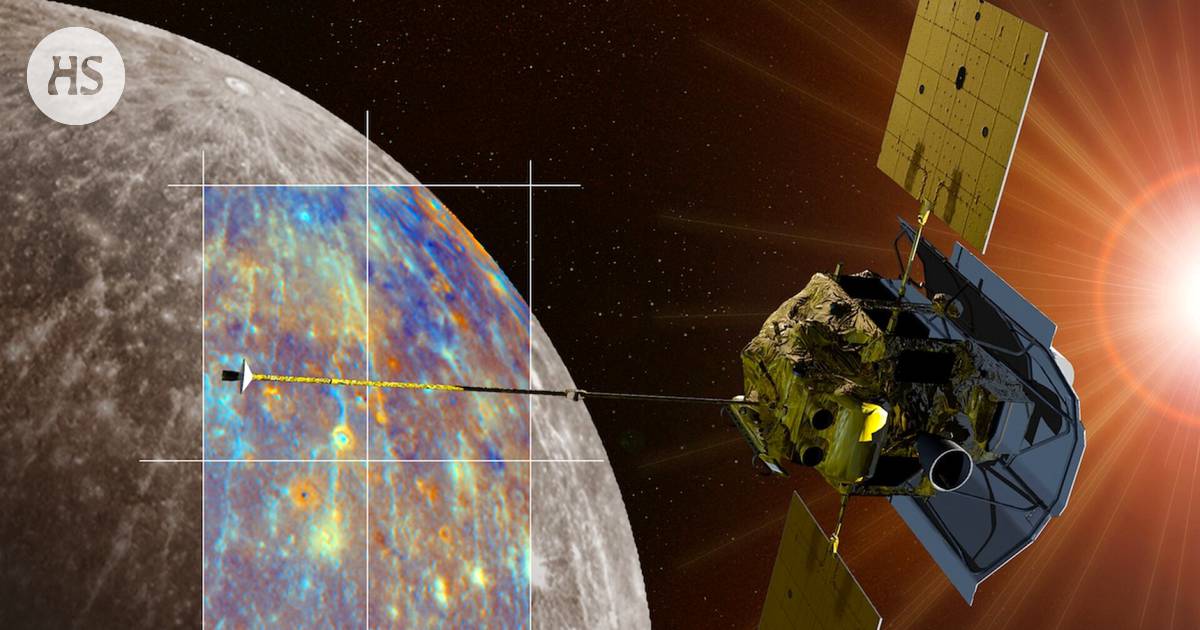The planets|In the past, the interior of the carbon-rich planet had very high pressure and high temperature. It could form rough diamonds from coal
The summary is made by artificial intelligence and checked by a human.
Below the surface of Mercury, there may be a thick layer of rough diamonds in the mantle.
The birth of the diamonds was confirmed with the help of the data provided by the Messenger sonar.
The formation of the diamond layer was influenced by Mercury’s liquid core, high pressure and heat.
Mercury is barren and the smallest planet in our solar system. However, a great treasure for the inhabitants of planet Earth seems to have been found under its surface.
Planetary researchers say that there is a thick layer of diamonds in the mantle of Mercury hundreds of kilometers deep.
The diamond layer was discovered when researchers excavated Messenger probe data provided.
This was confirmed by modeling done on Earth, which used a large clamp to illustrate the pressures of the planet at the time when volcanoes erupted on Mercury.
The study was published by scientific journal Nature Communications.
Mercury has confused planetary researchers for a long time, says, among other things website Space.com.
The planet has several features that are alien to the other seven planets in our solar system.
First, Mercury has a very dark surface. In addition, the core of the planet is very dense. Mercury’s volcanoes erupted fairly quickly when the planet was born.
The surface of Mercury is also different from other planets: it has patches that consist of graphite. Graphite is one of the crystal structures of pure, solid carbon.
The US space agency Nasa sent the Messenger probe to explore Mercury in August 2004. As a memory, the probe left, among other things, a good map of the planet’s surface. NASA flight control guided Messenger to the surface of Mercury in April 2015.
Just the spots on the planet’s surface made scientists wonder if Mercury had a sea of lava in its early days, which might have been very carbon-rich.
A carbon-rich mantle would then have formed between Mercury’s surface and the planet’s core.
So maybe the mantle is not just graphite. Instead, according to the study, the mantle would contain another form of carbon, which is highly valued on Earth, i.e. diamonds.
“We know that Mercury has a lot of carbon. We estimate [tutkimuksessa] pressure and temperature at the boundary between the mantle and the core. The consequence is that diamonds would form in the mantle, not graphite.”
This is what a member of the team studying Mercury says Olivier Namur According to Space.com. He is an assistant professor of petrology at the Catholic University of Leuven in Belgium.
Mercury formed about 4.5 billion years ago, when the planet’s core was completely liquid. The core crystallized gradually over time.
Already years ago, planetary researchers estimated that the mantle of Mercury, which is only slightly larger than our own Moon, is thicker than previously thought.
“We thought that this must have an effect on the distribution of forms of carbon, such as diamond and graphite,” said Namur According to Space.com.
Coal the crystal structure is affected by the temperature and pressure of the planet’s interior.
Investigator Bernard Charlier From the University of Liege in Belgium, he and his team studied the interior of Mercury as it was about four billion years ago.
The researchers pressed different combinations of substances with graphite. A temperature of almost two thousand degrees Celsius was built up in the press, kertoo New Scientist.
Then the conditions are also favorable for the formation of diamonds. The diamonds settled in a layer in Mercury’s mantle, i.e. between the shell and the core. The layer of diamonds would have grown over millions of years.
Now diamonds could make up as much as one percent of Mercury’s mass.
Mercury researchers are now waiting for new data Bepi Colombo -from the probe. It has been studying Mercury since 2018 and will continue its work until spring 2028.
